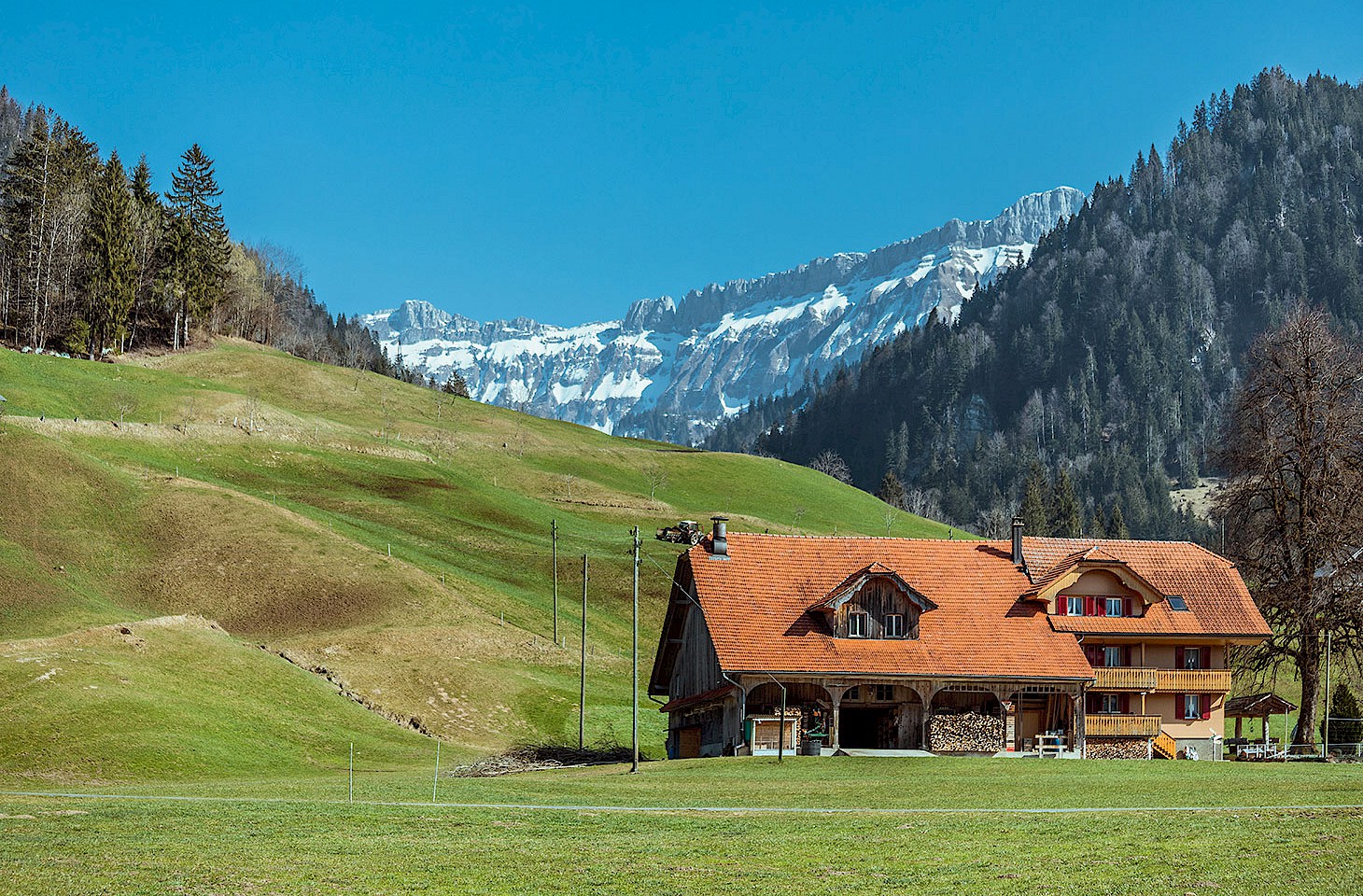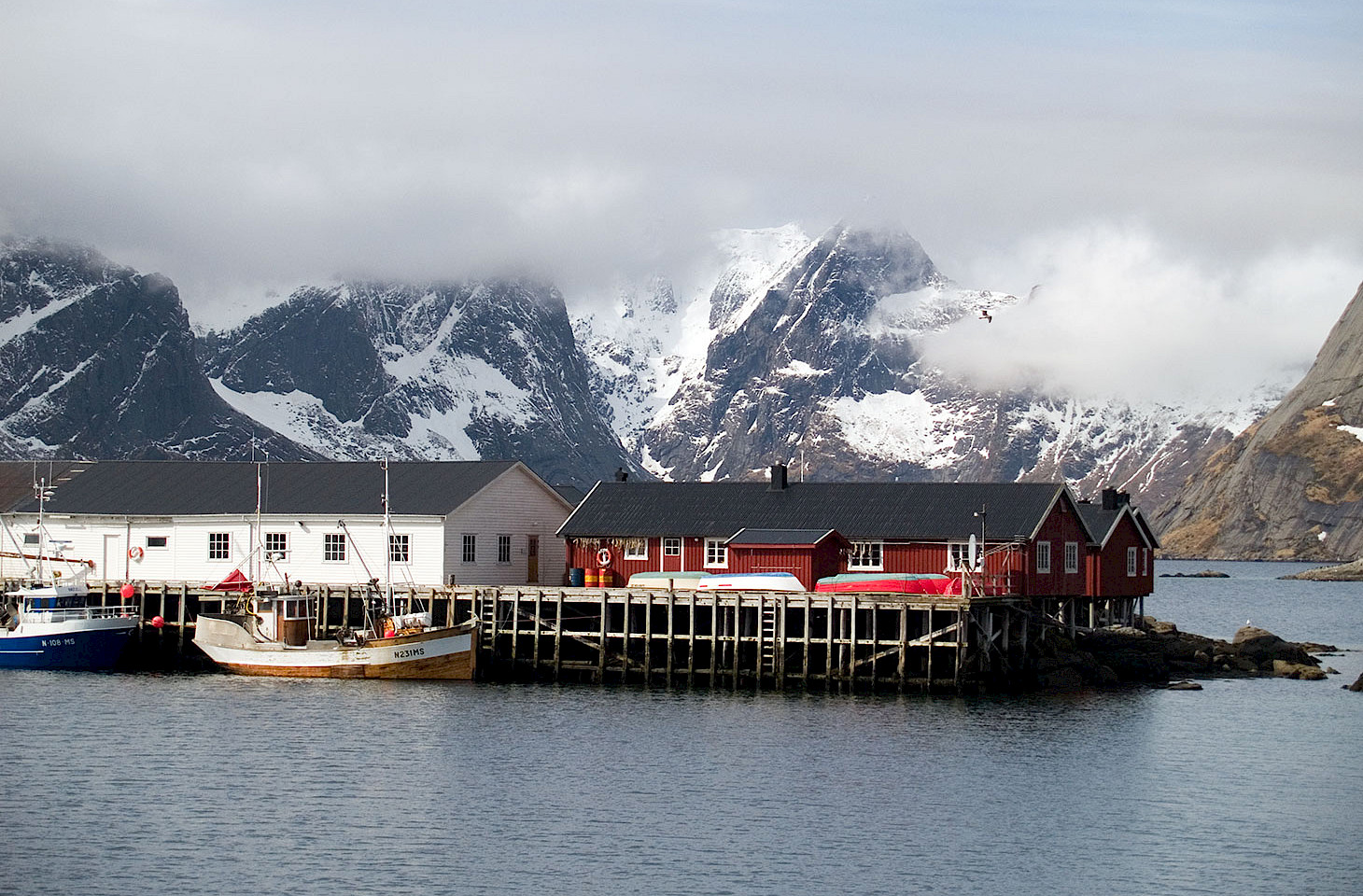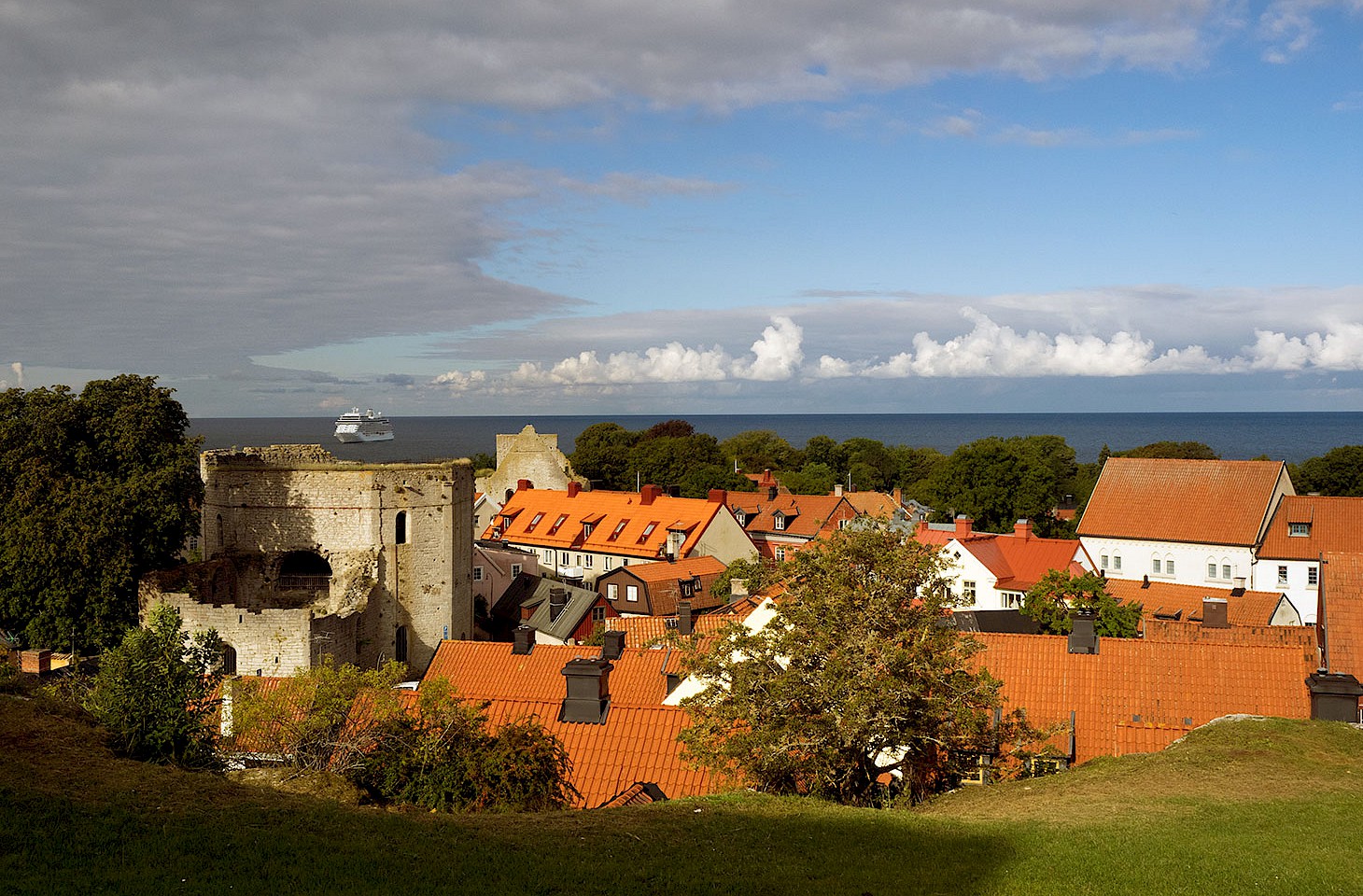Signs at the edge of a pine forest point the way from the road to where a path runs into the woods. I’ve travelled north-west from Trieste around the shore of the bay to Duino. It’s a place famous for its 14th-century castle which stands proudly on a rocky promontory overlooking the Adriatic. But I’ve made the journey not for stately rooms or lavish gardens, but for this trail along the cliffs. It is of modest length but has, I’ve been told, spectacular views across the Gulf of Trieste and down to Istria in the south. And I’ve come in search of a story, and of the man who once walked here, the poet and novelist Rainer Maria Rilke.
The path links Duino with the harbour at Sistiana, a stroll that takes about half an hour if one does not linger over the views. It is a popular day-trip destination, and on this springtime morning I am passed — as I scribble notes at the head of the trail — by a number of families, couples and solitary walkers. Here at the beginning the path is paved, giving access to a vantage point with picture-postcard views of Duino Castle. From here the trail becomes rocky and uneven, more in keeping with the landscape it is crossing. This is a place of pines and brushwood, of limestone rocks with intricate water-carved designs, like miniature mountain ranges.
This is the landscape of the karst, the very edge of the plateau which covers a large area of western Slovenia and that thin sliver of Italy that runs down the coast and links Trieste with the rest of the country. The karst is carbonate rock, created millions of years ago by sedimentation on the bottom of the sea that was, in the distant past, forced to the surface by earthquakes. It covers around 430 square kilometres, much of it a high plateau that drops down towards the Adriatic. The cliffs of Duino where I am walking mark its westernmost limit.




